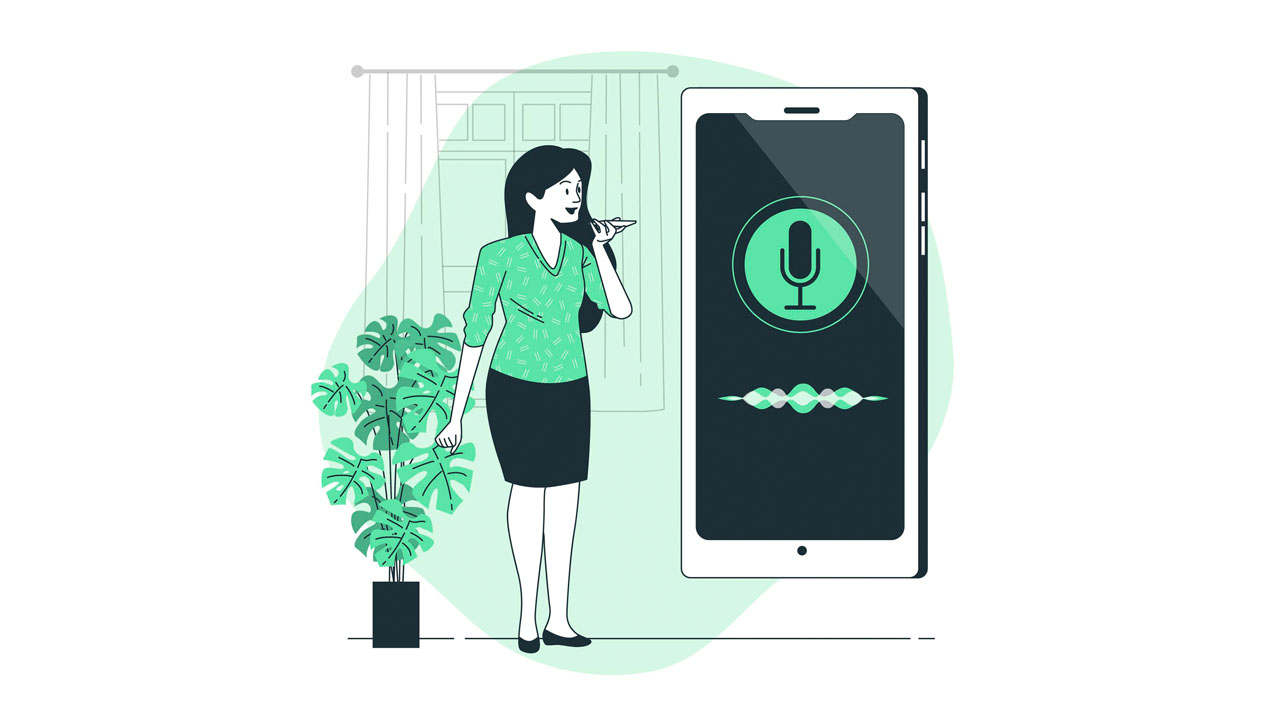YouTubers around the world create a wide variety of content for their channels, such as product reviews, daily life vlogs, how-to tutorials, gaming videos, and more. In recent years, YouTube voice changers have been utilized to add a bit of uniqueness online video content.
What is a YouTube voice changer?
Have you ever watched a movie scene where a hacker uses a distorted voice to speak to the victim?
By disguising his voice, he hides a major part of his identity that could expose him to the victim or worse the authorities.
The anime/manga series, Death Note, features a unique detective, named “L”, who uses voice distortion to speak to Giovanni – a member of the Special Provision for Kira.
The output of his voice sounds like a robot. By using the voice changer, he keeps his identity secret from authorities as well as Kira who is after him.
Voice changers work on the same principle i.e. they change your voice, but the intention of using a voice changer is not always nefarious!
YouTubers often use voice cloning software for entertainment purposes i.e. create anime-style voiceovers for gaming videos.
Others don’t feel comfortable using their own voice publicly, so when making videos for YouTube they can mask their voice through a voice changer.
A win-win situation!
Voice changers come in various shapes and forms – ranging from offering hardcore robotic voices to engaging anime character voices, chipmunks, and girl voices.
Voice changer vs voice disguiser
Both voice disguisers and voice changers embody the same concept. The purpose of each is to conceal the speaker’s voice and change it to a different voice.
Voice disguisers and voice changers work on the principle of manipulating the sound of the speaker’s voice using various voice modulator techniques such as pitch shifting and distortion.
However, with AI advancements, you may not have to always record your voice, rather, you can feed a written script to the software and it will convert the script into an audio file.
How to use a voice changer for YouTube videos?
You can use Typecast which provides AI voice services via text-to-speech to change your voice to an animation, education, or promotion voice.
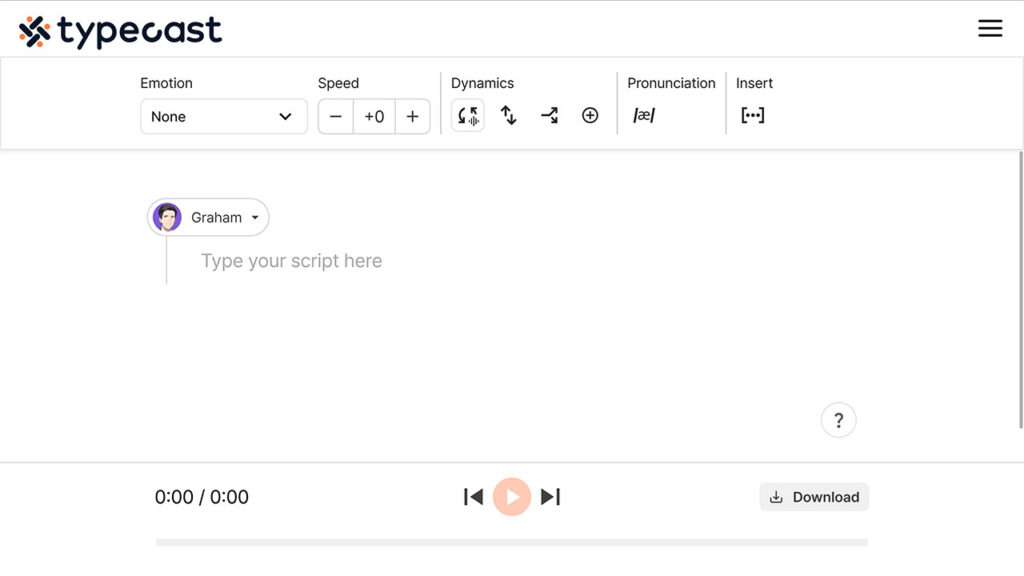
- Visit the Typecast’s Text-to-Speech tool.
- Click on the character icon in the editor and select Explore more voices, or select Voice Casting on the left to visit the AI voice library.
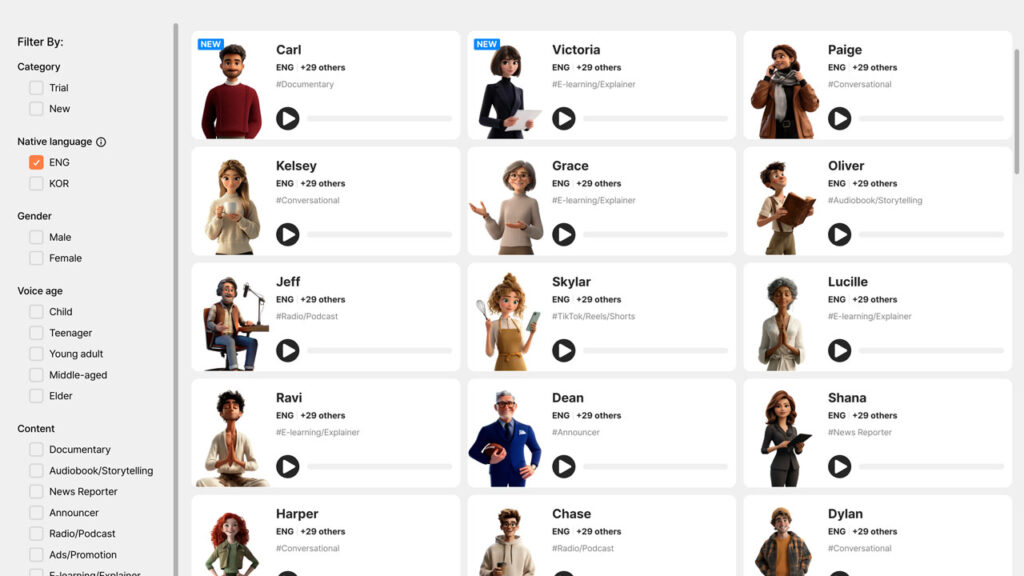
- From the menu on the left:
- You can choose the gender of your character from the menu.
- Voice age defines how you want your character to sound e.g. child’s voice, elder’s voice, etc.
- You can also sort based on the type of Content you want to create, e.g. documentary, education, music, or entertainment.
- Select one or more voice you’d like to use then when you are ready, hit Proceed.
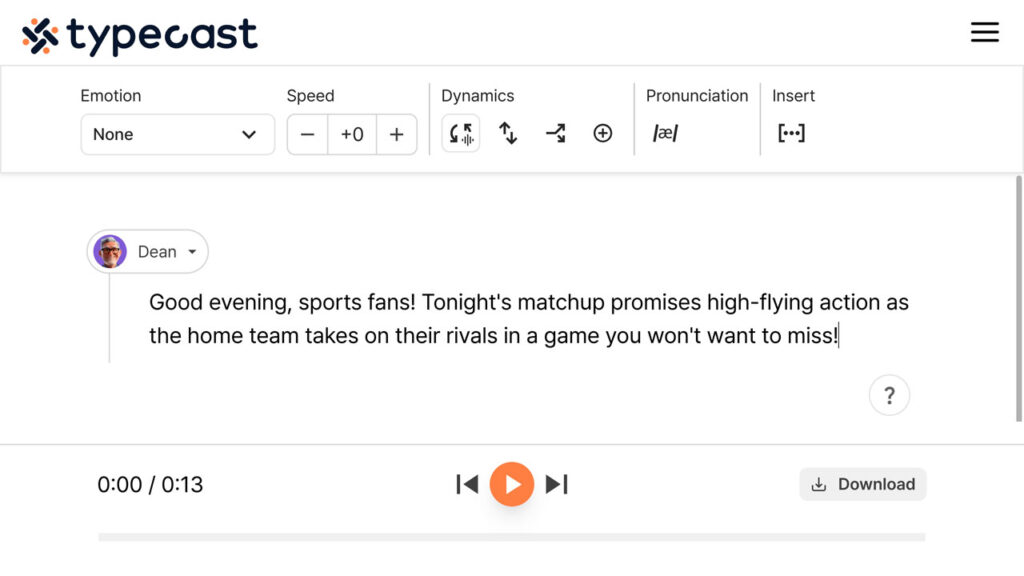
- In the editor window, add a paragraph to include the content you want your AI voice actor (e.g. Dean) to speak.
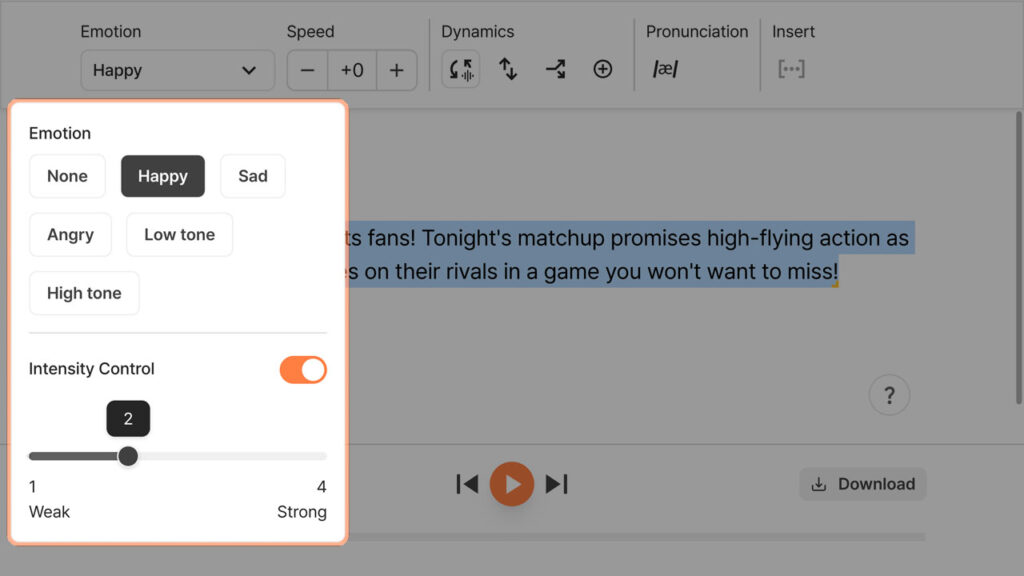
- From the menu at the top:
- Under Emotion, select presets such as normal, happy, angry, sad, etc. You can also increase or decrease the intensity of the emotion expressed.
- Choose the voice Speed: slow, normal, or fast depending on your content.
- Edit the Dynamics to change the Pitch and Intonation of the voice. There is even an advanced option for those who really want to fine-tune their voice to their exact specifications.
- Play your audio clip to check if everything looks good.
- Click the Download button when you’re happy with the audio. Your audio file will be downloaded to your computer for you to use in your video editor of your choice instead of your own voice for your YouTube video content.
Use your audio file as a background or voice-over for your YouTube videos, gaming live streams, video games, and more.
Is it legal to use voice disguisers and voice changers?
Voice changers are legal to use. Just like any other technology, if voice changers are used for criminal purposes or for harassing or bullying someone, the user will face consequences.
It is also important to ensure you are not using someone’s voice without their permission. Celebrity voices are often used in content creation, and YouTubers must seek permission and credit the original creator.
Vtuber software
Over the last couple of years, Vtuber software has become popular in various countries, especially in Japan. The rise of Vtubers culture in Japan has led to more people joining the platform as virtual YouTubers.
Vtuber software allows users to create digital avatars, anime characters, or cartoons. Vtubers often use these avatars in live streams to interact with their audiences.
The avatar can be controlled through motion capture technology that mimics the movements and expressions of the Vtuber.
Difference between a Vtuber and a YouTuber

A YouTuber is typically a human creating videos on YouTube e.g. educational videos and gaming, etc. A Vtuber, on the other hand, is a virtual character designed by a human or software.
The voice behind a Vtuber is typically that of a human. Vtubers use AI-generated voice-overs for their characters e.g. anime voice of a girl, a boy, a child, etc. audio.
The purpose of Vtubers is often to entertain their viewers through singing, dancing, answering questions, and playing games.
To find out more about using TTS with your YouTube content, read our article on How to Use Text-to-Speech With YouTube here!
